Archives
- 2025-12
- 2025-11
- 2025-10
- 2025-09
- 2025-03
- 2025-02
- 2025-01
- 2024-12
- 2024-11
- 2024-10
- 2024-09
- 2024-08
- 2024-07
- 2024-06
- 2024-05
- 2024-04
- 2024-03
- 2024-02
- 2024-01
- 2023-12
- 2023-11
- 2023-10
- 2023-09
- 2023-08
- 2023-07
- 2023-06
- 2023-05
- 2023-04
- 2023-03
- 2023-02
- 2023-01
- 2022-12
- 2022-11
- 2022-10
- 2022-09
- 2022-08
- 2022-07
- 2022-06
- 2022-05
- 2022-04
- 2022-03
- 2022-02
- 2022-01
- 2021-12
- 2021-11
- 2021-10
- 2021-09
- 2021-08
- 2021-07
- 2021-06
- 2021-05
- 2021-04
- 2021-03
- 2021-02
- 2021-01
- 2020-12
- 2020-11
- 2020-10
- 2020-09
- 2020-08
- 2020-07
- 2020-06
- 2020-05
- 2020-04
- 2020-03
- 2020-02
- 2020-01
- 2019-12
- 2019-11
- 2019-10
- 2019-09
- 2019-08
- 2019-07
- 2018-07
-
Based on the results of studies done
2024-02-10
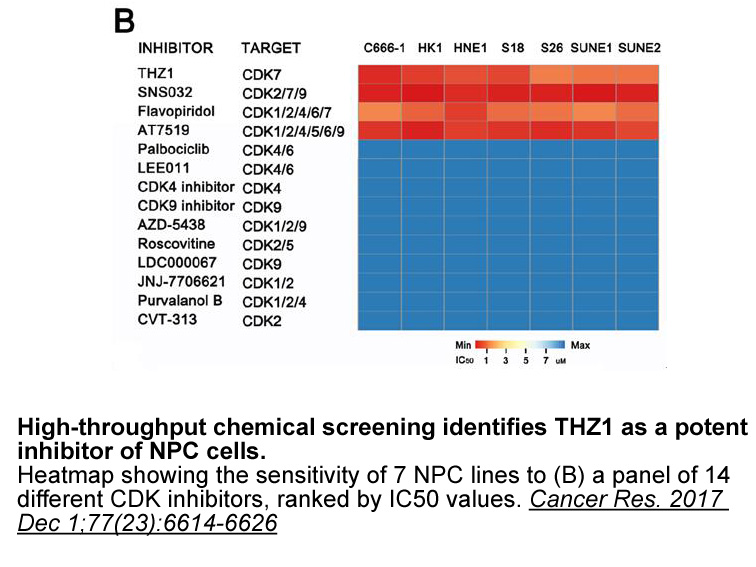
Based on the results of studies done to-date, there are three characteristics that make a letrozole-based protocol attractive for use in cattle: 1) it is steroid-free, 2) it is cost-effective and requires a shorter time and fewer animal handlings than conventional methods (Table 1), and 3) it may ha
-
The sequential behavioral approach used
2024-02-09
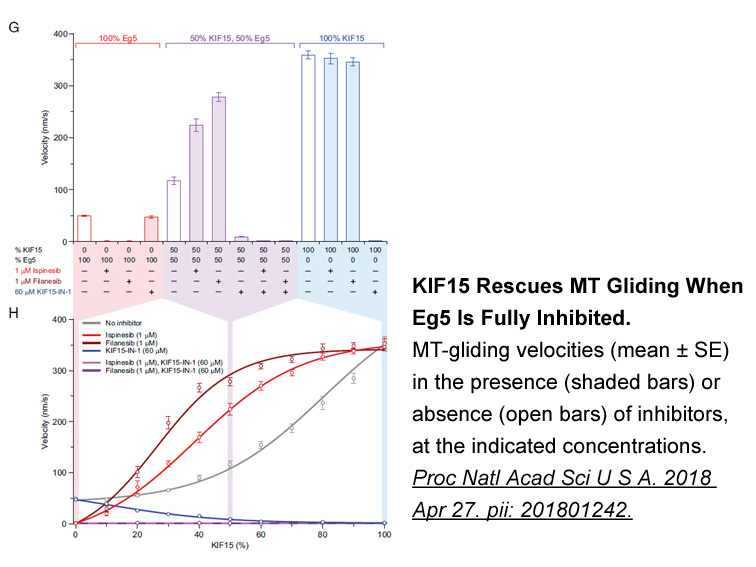
The sequential behavioral approach used in the present study reinforced the involvement of the BDNF/TRKB system in the effect of losartan. In mice with dampened BDNF expression, losartan was no longer able to exert antidepressant-like effects. Similar to what was observed after losartan treatment, t
-
The loss of synaptic proteins such
2024-02-09
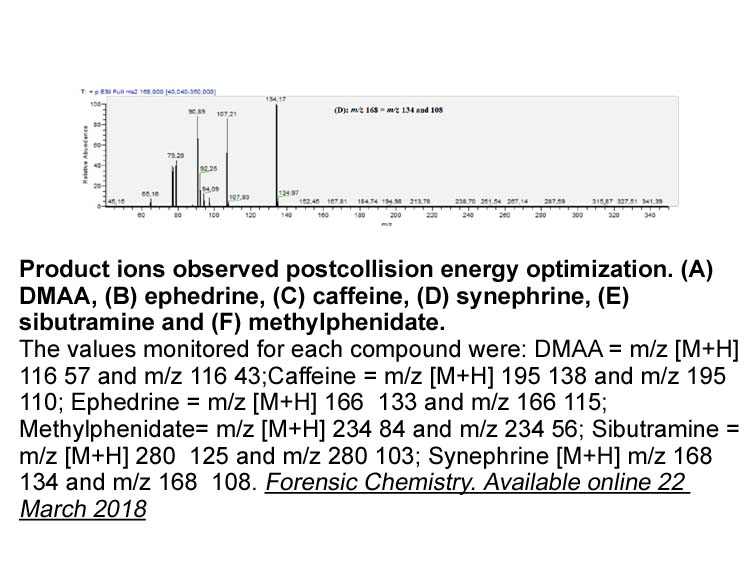
The loss of synaptic proteins such as synaptophysin from the Moniliformin sodium salt is indicative of synapse degeneration and provided a good correlate of the degree of dementia in AD [12], [13], [14]. Consequently, the loss of synaptic proteins from cultured primary neurons incubated with Aβ pro
-
br Experimental Procedures br Acknowledgments
2024-02-09
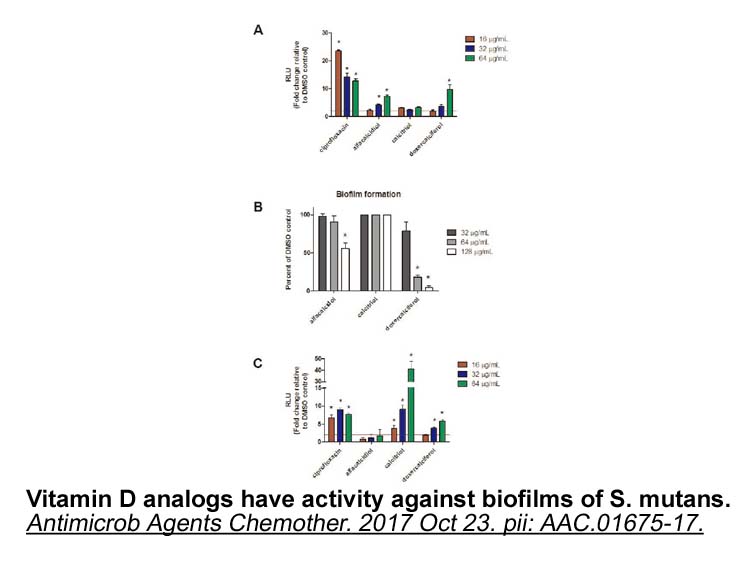
Experimental Procedures Acknowledgments Introduction Cellular and molecular mechanisms underlying synaptic plasticity in the GSK1016790A are thought to be involved in memory acquisition. Synaptic plasticity is categorised into two main types, long-term depression (LTD) and long-term potent
-
br LO synaptic integrity and memory
2024-02-09
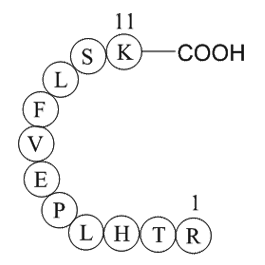
12/15LO, synaptic integrity, and memory Interestingly, several groups have found that 12/15LO directly modulates synaptic function. Normandin and colleagues reported that pharmacological inhibition of 12/15LO modulates rat hippocampal long-term depression (LTD), a process by which neuronal synapt
-
The lactam emerged as lead candidate
2024-02-09
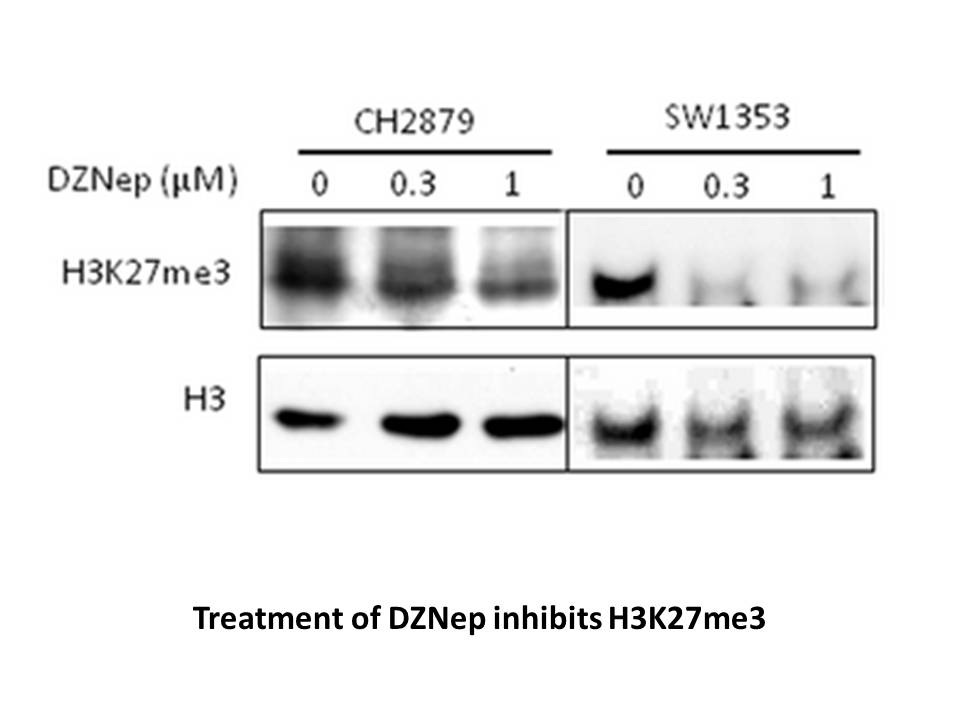
The lactam (6) emerged as lead candidate due to its high selectivity, outstanding potency (against ALK or in clinically known ALK mutants), low in vitro clearance, and low efflux potential. The lactam (6) was selected for further profiling against the resistant ALK mutants. Preclinical rat pharmacok
-
ion channels A borderline significant effect of women s
2024-02-09
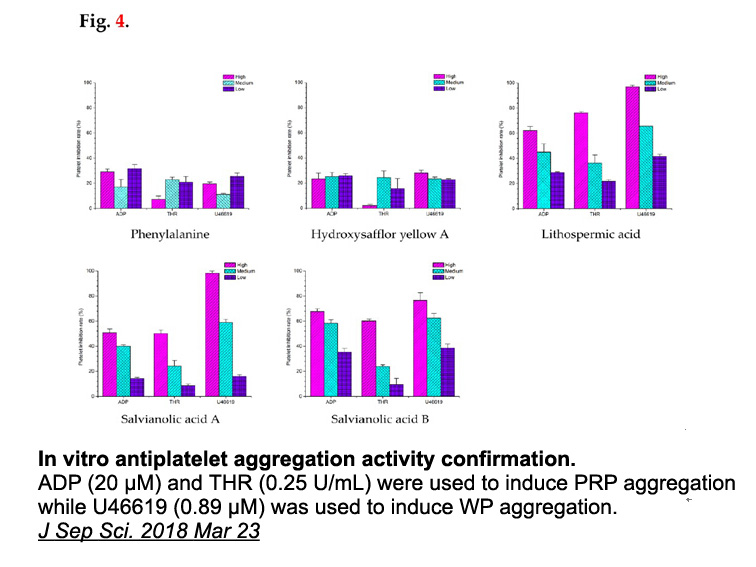
A borderline significant effect of women's age has been observed for ADA6 only. For ADA2 the proportion of the *1/*1 genotype is 69.4% in women aged ≤36 years vs. 66.9% in women aged ≥36 years (p=0.944). The proportion of ADA6*1 allele carriers is 32.6% in women aged ≤36 years vs. 49. 8 in women age
-
abnormal lipid metabolism Although our data failed to
2024-02-09
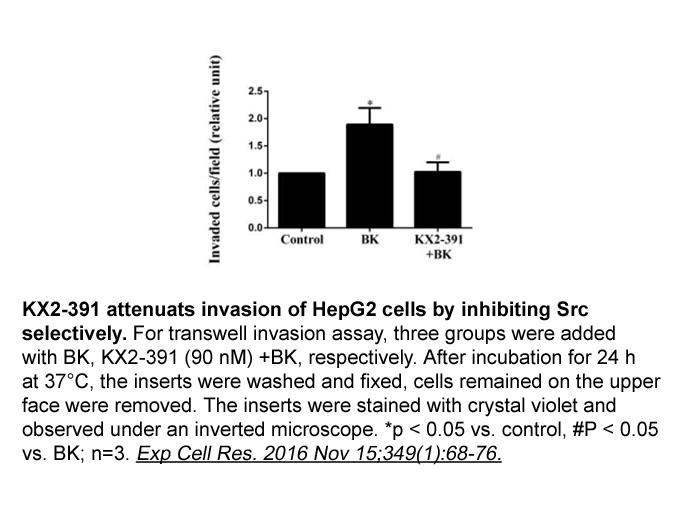
Although our data failed to reproduce the robust enhancement of LTP in the rat dentate with nicotine that was previously reported, our results with NS6740 suggest a more fundamental role for α7 receptor signaling in modulation of synaptic tone in the LTP pathway. The discovery of the cholinergic ant
-
Because activation of HT A receptor is capable
2024-02-09
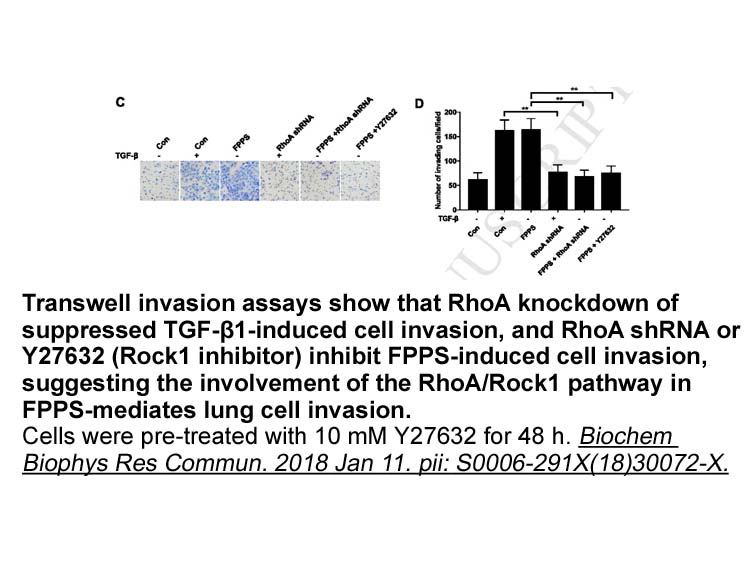
Because activation of 5-HT2A receptor is capable of facilitating dopamine cell activity and dopamine release (Bortolozzi et al., 2003), and this action of dopamine is known to mediate rat maternal behavior, especially maternal motivation (Afonso et al., 2007, Febo et al., 2010, Li and Fleming, 2003,
-
In our study S aureus activated
2024-02-07
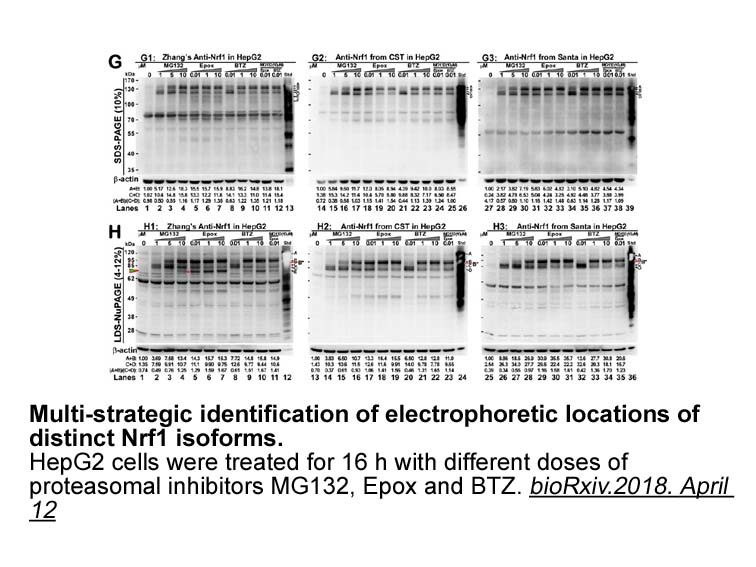
In our study, S. aureus activated the TLR signaling pathways of BMECs, thus inducing profibrogenic growth factor expression via NF-κB and AP-1. Since fibrosis is an important pathogenic process in both bovine and human mastitis, further studies on the molecular mechanisms of S. aureus infection are
-
br AR expression in breast tissue Although
2024-02-07
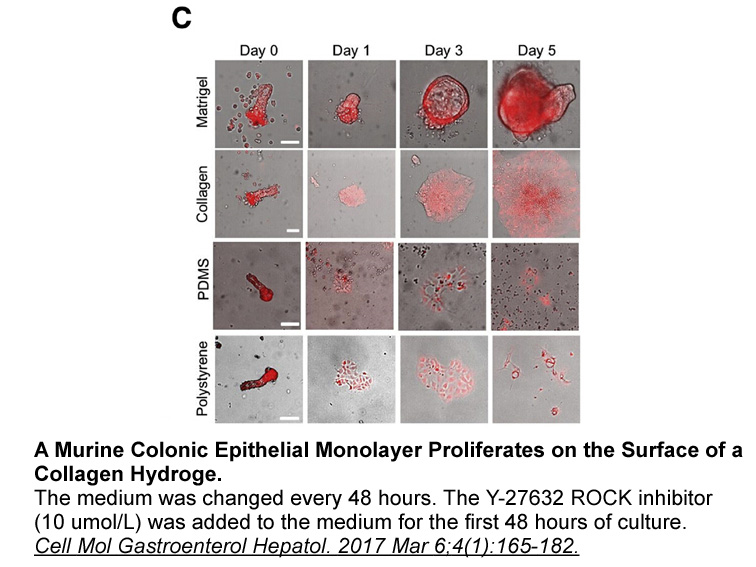
AR expression in breast tissue Although androgenic signalling is chiefly associated with the development and maintenance of primary and secondary male characteristics, especially during puberty when the testes are by far the major source of testosterone, the AR also plays important functions in f
-
The biology of the A BR is complex and
2024-02-06
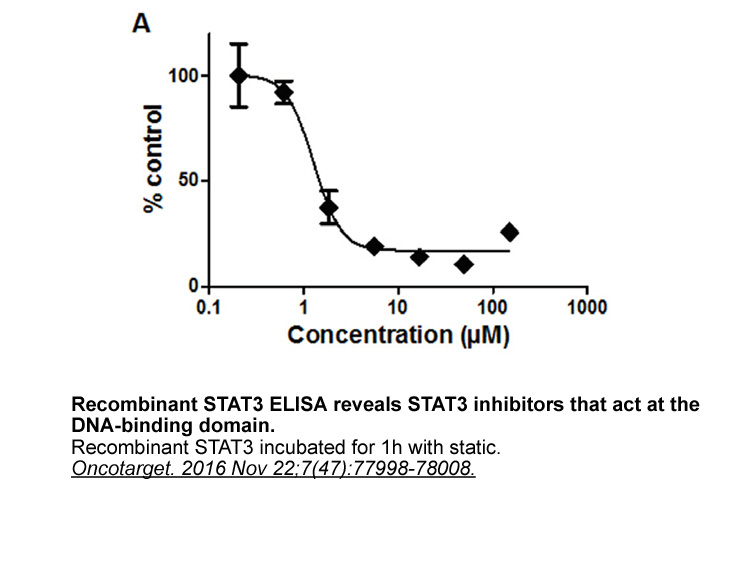
The biology of the A2BR is complex and needs to be considered contextually as the expression and effect of receptor engagement varies according to time post hypoxic injury, cell type and downstream signaling pathway. For example, A2BR expression is dynamic - low under basal and increasing under isch
-
Whereas more research is needed
2024-02-06
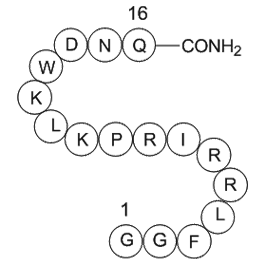
Whereas more research is needed to identify the precise mechanism by which FIN exerts its antidyskinetic effect, the Cy5 azide receptor that it can negatively modulate dopaminergic transmission is also supported by our previous findings. Indeed, we have previously shown that FIN completely reversed
-
br Perspective AA LA and other PUFAs and
2024-02-05
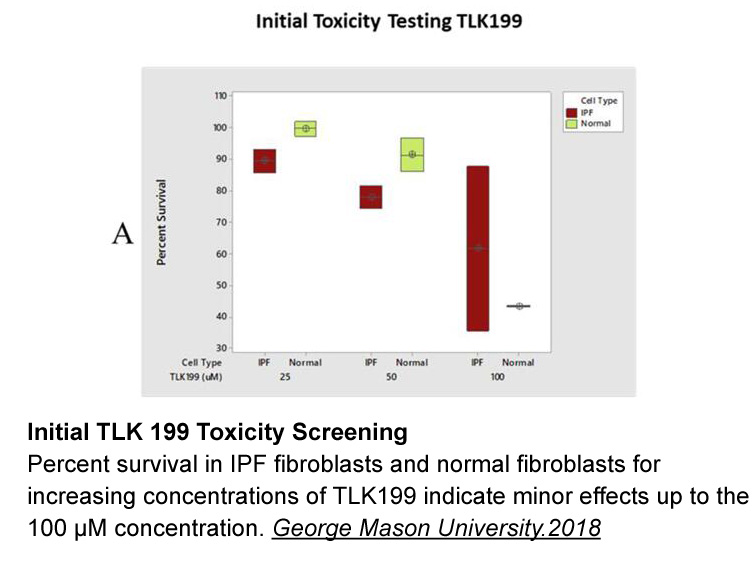
Perspective AA, LA and other PUFAs and their lipid metabolites play an important role in human diseases. 12/15-LOX which is the metabolic enzyme of them plays an important role in the pathogenesis-related diseases such as atherosclerosis, diabetic nephropathy, neurological diseases and other path
-
The class C receptors also
2024-02-05
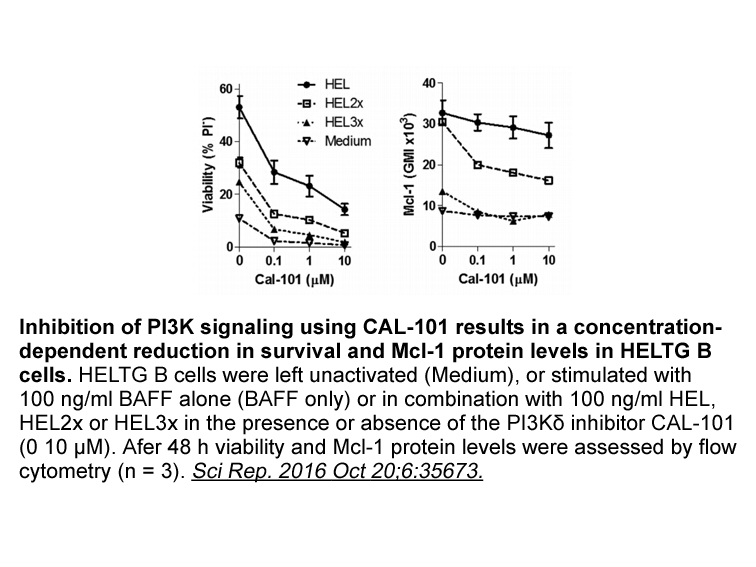
The class C receptors also share a common agonist-binding mode. In all cases, an agonist induces VFT closure by forming intermolecular bonds with surface residues in both the LB1 and LB2 domains (Geng et al., 2013, Geng et al., 2016, Kunishima et al., 2000, Muto et al., 2007, Nuemket et al., 2017, T
15250 records 204/1017 page Previous Next First page 上5页 201202203204205 下5页 Last page